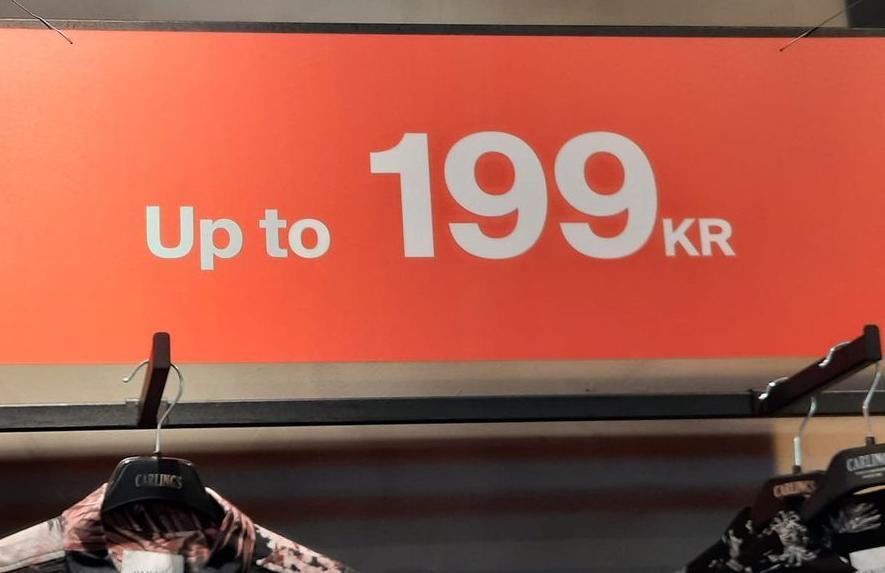Tasks: English in Daily Communication

Why do we use English slang words in communication? Do you ever feel that you use too much English in your everyday speech?
Are there any situations where you would not use English slang?
Young people are often responsible for many of the changes taking place in the development of the language. Why do you think young people are more open to changes than older people?
Is this extensive use of loan words a positive or a negative thing for the Norwegian language?
How would you react if your grandparents (or perhaps even your parents) included words like 'chille', 'dude', 'babe', 'ruler' and 'suger' into their everyday speech?
Make a list of common English slang words that you use. Share your list with the class. Do you have a favourite English slang word? Are there any that you could do without?
Make a kahoot, a quiz, or a crossword where you challenge your classmates' (and your teacher's) knowledge of English slang words.
Use one of the suggested digital tools:
And here are some websites that can get you started:

In this link from Språkrådet.no, you will find a long list of suggestions to Norwegian words that you can use instead of English loan words.
Link to Språkrådet.no: På godt norsk – avløserord
Work in small groups and go through parts of the list. (It's fairly long, so you probably don't have time to look at all of the words.)
Find examples of:
Norwegian equivalents that you think are good alternatives and that you could use yourself.
Norwegian equivalents that you could never use because they are strange, awkward, or downright funny.
Compare your results in class.

Find examples of ads or article headlines where English is used instead of Norwegian.
Snap a picture of it with your phone or take a screenshot. Share the pictures with the rest of the class. Discuss the following questions:
Was it difficult to find good examples of ads where Norwegian was replaced by English?
Were these replacements strictly necessary? Did they in any way improve the text in question?
In groups: choose one of the ads and make a catchy slogan in Norwegian. Share your example with the class. What do you think of the results?
Pick a product that you think is typically Norwegian and make a slogan that will sell this product to an international audience. Share your slogan with the class. Discuss: Is this product likely to sell outside of Norway?